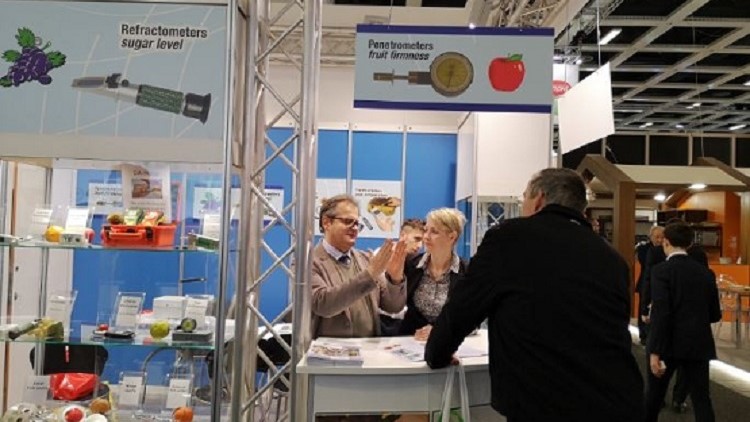Actualidad
Tomato infrared drying: Modeling and some coefficients of the dehydration process
Infrared dehydration is more advantageous than the convective system under similar conditions, and studying this process is important to further develop equipment and procedures. Thus, the aim of this work was to study the dehydration process of tomato (Solanum lycopersicum L.) slices obtained by infrared drying at three different maturity stages throughout two different procedures: Firstly,
10 February, 2020
Redaccion
Poscosecha, postcosecha, postharvest, humedad cr?tica, difusi?n, m?todo de elementos finitos, transferencia de calor y masa, modelaci?n matem?tica, Solanum lycopersicum, dehydration, Critical moisture content, diffusion, finite element method, heat and mass transfer, mathematical modelingInfrared dehydration is more advantageous than the convective system under similar conditions, and studying this process is important to further develop equipment and procedures. Thus, the aim of this work was to study the dehydration process of tomato (Solanum lycopersicum L.) slices obtained by infrared drying at three different maturity stages throughout two different procedures: Firstly, the drying model was determined by applying the mass and energy balances under wet bulb temperature for the constant drying rate period and secondly, the mass effective diffusion coefficient was determined throughout the experimental data and the theory of diffusion of the liquid phase for the decreasing drying rate period. Tomato fruits cv. Santa Cruz were used. Three maturity stages were selected: green (stage 1), orange (stage 2), and red (stage 3). Mathematical models frequently used to represent drying of agricultural products were fitted to the experimental data of tomato drying. The effective diffusion coefficient was obtained by adjusting the liquid diffusion mathematical model to the experimental data of the descending period of dehydration. The two-term model was the best one to represent the tomato dehydration process. The critical moisture content for tomato dehydration was 2.97 kgw kgdm-1. There is an initial dehydration period in which the drying rate reaches its maximum (approximately 1.05 kgw kgdm-1, about 3 min). Three different methods were used to obtain values of the effective diffusion coefficient, including the finite element method, which had the lowest values for the least square sum of deviation 1.00 ? 10-7 m2 s-1. The global coefficient of heat transfer was 12.45 W m-2K-1, and the global coefficient of mass transfer was 0.0105 m s-1. The drying rate reached its maximum value (1.05 kgw kgdm-1) at 3 min of dehydration. The complete paper is available on the link below. Sources:Chilean Journal of Agricultural Research 72(2) April-June 2012, at http://www.buscagro.com The picture is by saboresdemexico.mx ? ?









